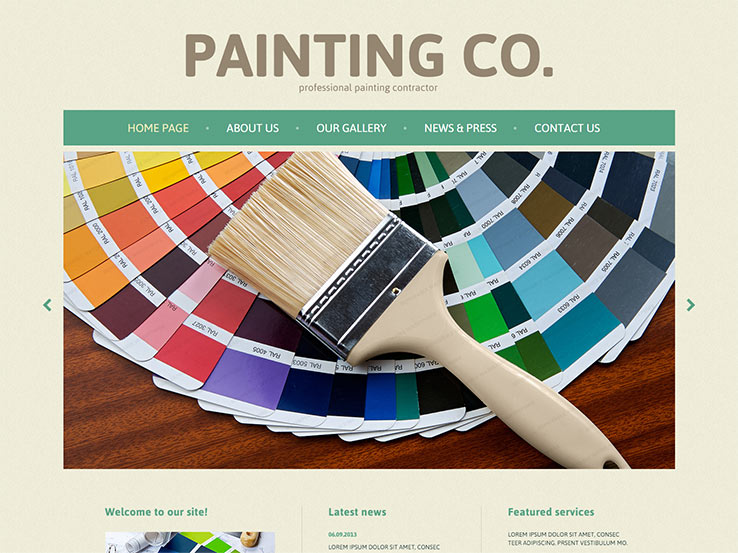Factors To Take Into Consideration For Industrial Exterior Paint By Season: Important Details You Should Have
Factors To Take Into Consideration For Industrial Exterior Paint By Season: Important Details You Should Have
Blog Article
Content Composed By-Regan Whalen
When you're planning a commercial external paint task, seasonal variables can make or damage your outcomes. You'll want to think about exactly how temperature level and moisture influence paint application and drying times. Picking the appropriate season can ensure your paint adheres effectively and lasts much longer. However which periods are really the most effective for this type of work? Allow's check out the crucial elements that can impact your project's success.
The Influence of Temperature on Paint Application
When you're planning an industrial exterior paint job, the temperature level can dramatically impact just how well the paint adheres and dries out.
Ideally, painterslanellc want to repaint when temperatures vary between 50 ° F and 85 ° F. If it's also cool, the paint might not treat correctly, resulting in problems like peeling or breaking.
On the other hand, if it's also hot, the paint can dry out also rapidly, avoiding proper adhesion and resulting in an uneven finish.
You must additionally take into consideration the time of day; morning or late afternoon supplies cooler temperature levels, which can be a lot more positive.
Always examine the producer's recommendations for the specific paint you're using, as they often offer support on the perfect temperature level array for ideal outcomes.
Moisture and Its Result on Drying Times
Temperature isn't the only ecological element that affects your business external paint job; humidity plays a substantial duty too. Read the Full Write-up can decrease drying out times drastically, influencing the total top quality of your paint task.
When the air is saturated with moisture, the paint takes longer to cure, which can result in problems like bad adhesion and a higher risk of mildew development. If you're painting on an especially damp day, be planned for prolonged wait times between coats.
It's important to keep an eye on regional weather conditions and strategy appropriately. Ideally, go for moisture degrees in between 40% and 70% for optimal drying out.
Keeping these factors in mind ensures your task remains on track and delivers a long lasting finish.
Best Seasons for Commercial Outside Painting Projects
What's the most effective time of year for your commercial outside painting jobs?
Springtime and early loss are usually your best choices. Throughout these seasons, temperature levels are mild, and humidity degrees are often reduced, developing excellent conditions for paint application and drying out.
Avoid summer season's intense heat, which can trigger paint to completely dry as well promptly, bring about inadequate bond and coating. In a similar way, wintertime's cold temperatures can hinder appropriate drying out and curing, taking the chance of the durability of your paint task.
Aim for days with temperatures between 50 ° F and 85 ° F for ideal outcomes. Keep in mind to check the neighborhood weather prediction for rain, as wet conditions can destroy your task.
Planning around these elements ensures your paint job runs smoothly and lasts much longer.
Final thought
To conclude, preparing your commercial external painting tasks around seasonal factors to consider can make a significant distinction in the end result. By organizing job throughout the ideal temperature levels and humidity levels, you'll make certain much better adhesion and drying out times. Keep in mind to keep an eye on local weather report and select the right time of year-- springtime and very early fall are your best choices. Taking these steps will help you attain a long lasting and specialist coating that lasts.
